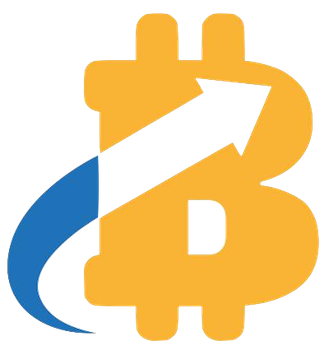For years, governments worldwide have treated Bitcoin as a symbol of illegal activity, wielding seizure campaigns to showcase their authority over the digital frontier. Germany’s recent crackdown stands as a glaring example. Yet, behind the propaganda lies a harsh reality: much of the supposed treasure remains out of reach, unclaimed, or simply frozen in time. The claim that hundreds of millions of dollars have been seized falsely paints a picture of complete dominion over an asset designed to be resistant to such control. In truth, much of what authorities seize is either lost, inaccessible, or deliberately held in reserve by entrenched operators. The German authorities’ effort to reclaim $5 billion worth of Bitcoin connected to the pirated Movie2K platform exposes this dissonance. Despite their aggressive enforcement, a significant chunk of the illicit fortune remains untouched, undermining the very narrative of authority and success.
The Unseen Power of Digital Assets and the Illusion of Control
What makes these seizure efforts appear superficial is the nature of Bitcoin itself. Unlike traditional assets, Bitcoin is inherently designed to resist centralized manipulation. When authorities confiscate what they perceive as illicit funds, they often overlook the fact that the assets may still be under the control of the original or anonymous operators through early access keys, cold storage, or sophisticated obfuscation techniques. The approximately 45,000 BTC, worth nearly $5 billion, have been dormant since 2019, indicating that the seizure was more symbolic than strategic. This dormancy calls into question whether these assets are truly lost or simply being protected by users who understand the technology better than regulators. The myth of successful asset recovery disguises the reality: Bitcoin’s core strength is decentralization, which inherently limits governmental reach.
The Mantra of Mainstream Adoption and Its Hidden Flaws
While headlines trumpet the increasing adoption of Bitcoin among corporations and governments, the shadow cast by these failed seizure campaigns exposes a different truth. The mainstream narrative champions Bitcoin as an ideal balance sheet asset—liquid, portable, and easy to integrate. Yet, the gap between perception and reality is vast. In the UK, for example, companies can hold Bitcoin in e-money accounts with relative ease, offering liquidity and operational simplicity absent in traditional banking. However, this convenience is predicated on the assumption that Bitcoin’s stability and security are absolute. The truth is, Bitcoin’s value proposition hinges on its stability as a unit of account, not just as a store of value or speculative asset. The missing link—the stablecoin U2—is a recognition that without price stability, Bitcoin risks becoming an unreliable foundation for real-world economic functions. Without this innovation, mass adoption remains a fragile promise.
The Caveat: DeFi, Liquidity, and the Need for Innovation
The broader obstacle to Bitcoin’s economic integration isn’t just government seizures but the structural limitations within its ecosystem. While Bitcoin’s traits as ‘digital gold’ are undeniable, leveraging its potential for decentralized finance, seamless payments, and microtransactions requires a more sophisticated infrastructure. Projects like U2 aim to stabilize Bitcoin’s value relative to fiat currencies, thus transforming it from an investment vehicle into a robust currency for daily commerce. This stabilization could unleash untapped liquidity, rendering Bitcoin more than a collateral asset—making it a dynamic component of global finance. The emphasis on creating a BTC-backed stablecoin pegged to the US dollar reflects an understanding that the missing piece isn’t Bitcoin itself but the necessary ecosystem tools to harness its true power. Until these innovations materialize and gain traction, we are left with a paradox: monumental assets sequestered in blockchains—out of reach yet proudly displayed as trophies of enforcement.
The Wider Implication: Power, Control, and the Future of Financial Sovereignty
The ongoing saga of Bitcoin seizures illustrates a fundamental misunderstanding among regulators: the illusion that control over the chain equates to control over the asset. In reality, true power lies in the technology’s decentralization; authorities can seize wallets, but they cannot confiscate control of the private keys or erase the distributed ledger. This disconnect questions the very premise of government dominance in a digital economy. The unclaimed, dormant BTC are silent witnesses to this truth: the future of wealth and monetary sovereignty isn’t dictated by enforcement agencies but by innovation and user sovereignty. Governments’ relentless pursuit of control might temporarily create headlines, but it ultimately underscores their failure to comprehend the resilience embedded in blockchain technology. As the debate shifts from seizure to innovation, the question is whether authorities will adapt or be left increasingly irrelevant in shaping the future financial landscape.



















Leave a Reply